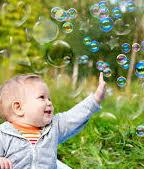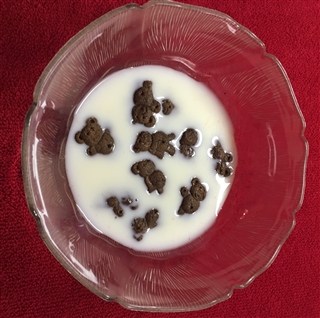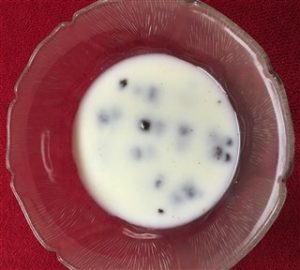By Dorothy Halverson, Director of Acorn Programs
“Gratitude is much more than a verbal expression of thanks. Action expresses more gratitude that speech.”
—Science and Health with Key to the Scriptures, p. 3
Gratitude is one of the most important concepts to teach children. By learning gratitude, children become sensitive to the feelings of others, developing empathy and other life skills along the way. Grateful children look outside their one-person universe and understand that their parents and other people do things for them (e.g. prepare dinner, give hugs, buy clothing and toys). Indeed, instilling grateful feelings early will benefit your child later in life.
Children as young as 15 to 18 months can begin to grasp concepts that lead to gratitude. They start to understand that they are dependent; that mommy and daddy do things for them. In other words, toddlers comprehend that they are separate beings from their parents, and that mommy and daddy often perform actions to make them happy, like playing peek-a-boo, even if they can’t yet articulate their appreciation.
By age 2 or 3, children can talk about being thankful for specific objects, pets, and people. It is helpful to take time at the dinner table or at bedtime for everyone to express gratitude about their day. Toddlers just learning to talk can participate in this activity, especially as it is modeled for them each day.
By age 4, children can understand being thankful not only for material things like toys but for acts of kindness, love, and caring.
Gratitude is most easily taught through daily conversations and modeling. Children model their parents, so lead by example and use “please” and “thank you” when you talk to them. You might say, “Thanks for that hug — it made me feel really happy!” Insist on their using the words, too. After all, “good manners and gratitude overlap.”
Ideas for teaching gratitude:
- Work gratitude into your daily conversation. Try to weave appreciation into your everyday talk — “Aren’t the colors in the sunset beautiful?” “I’m so happy when you listen!” Take time to reflect together each day, sharing all the good that happened.
- Give children responsibilities. Allow children to feel a part of the home by helping care for it. By participating in simple household chores like feeding the dog, stacking dirty dishes on the counter, and taking the folded laundry to each family member’s room, children realize the importance of lending a helping hand.
- Find a goodwill project. Research ways children can actively participate in helping someone else, even if it’s as simple as making cookies for a neighbor. As you’re stirring the batter or adding sprinkles, talk about how you’re making them for a special person, and how happy the recipient will be.
- Encourage generosity. Donate toys and clothing to charitable organizations. Children are often inspired when they see you giving to those in need, so spend time together going through your child’s closet to find something special to give to another child in need.
- Write thank-you notes. Toddlers’ cards might just be scribbles or stickers, but then attach your own words of thanks. As children grow, the scribbles become drawings, then longer letters. Younger children can even dictate the letter while you write. Just the act of saying out loud why your child loved the gift will make him feel more grateful.
- Practice saying no. Of course, children ask for toys, video games, and candy, and when every whim is granted, it can be difficult to feel grateful. Saying “No” on a regular basis helps diminish the feeling of entitlement and allows children to work through disappointment.
- Create a gratitude journal. Each day have your child list one thing that makes her feel grateful. This will help your child focus on all the good that unfolded during the day.
- Be patient. Gratitude requires weeks, months, even years of reinforcement. Be patient and know that from gratitude flows joy!











 Toddlers will just have fun watching the teddy grahams dissolve in the milk. You will want to expose them to new words like: dissolved, mushy, absorb, and introduce them to a stopwatch, if you decide to use one.
Toddlers will just have fun watching the teddy grahams dissolve in the milk. You will want to expose them to new words like: dissolved, mushy, absorb, and introduce them to a stopwatch, if you decide to use one.